Troubleshooting Hot Tub Problems & Water Issues
Every spa needs regular maintenance to keep everything running optimally. And you can head off most problems that wreak havoc on your bathers and your spa equipment. Here is a guide to help you troubleshoot hot tub problems and water issues.
Tripping the Breaker
Your hot tub comes with a ground fault circuit interrupter (GFCI), which is designed to shield a person from any electrical shocks that could result in an electrical shock. If the electrical path the current is flowing through becomes unsafe, your GFCI will shut off the power to your hot tub. The GFCI is extremely sensitive, and even the tiniest of problems can cause the breaker to trip.
If your GFCI is tripping, it could be caused by several factors, such as a pump, ozonator or blower. To determine what is causing the issue, unplug each component separately and turn on the breaker.
If the breaker does not turn on after unplugging one of the parts, you have identified the problem and may have to replace the component that is causing the issue.
Remember to practice safety first when attempting to fix an issue with a hot tub. If you are unsure about how to troubleshoot an issue, always contact a professional.
Poor Water Chemistry Maintenance
Water chemistry problems are the most frequent issue people have with their hot tub. And the arguably the easiest issue to fix! Maintaining your spa's healthy water supply is critical and is done by maintaining water cleanliness and keeping an eye out for algae, mold, and bacteria.
Correct water balance ensures that equipment and surfaces are protected and that water is comfortable for bathers. Also it is best practice to change the spa water completely at least every three or four months. This will prevent having to struggle to to balance poorly balance water in the first place.
Water testing is an essential part of keeping your spas water clean, safe, and healthy. Using test strips is the quickest and most accurate way to determine the water's sanitiser, pH, and total alkalinity levels. This gives you the opportunity to make any necessary chemical modifications.
Rinsing your bathing suits, and showering without soap, prior to entering your spa will increase the life of your spa water. Depending upon usage, the spa water will need to be changed every 4-6 months or when the water chemical levels become difficult to manage.
For more detailed information read our detailed guides on keeping your spa water balanced and changing your spa water.The importance of Spa Water Alkalinity and pH
Managing pH and total alkalinity levels are essential for achieving optimum spa water chemistry balance. Correct spa water pH levels keep your bathers safe, and prevent cloudiness and scale deposits.
On the Spa water pH scale, 7 is perfectly neutral water. pH Levels lower than 7 are more acidic, and those higher than 7 are more basic. If you water pH varies too far on either side of 7, you can experience potentially water for your bathers or damaging water for your spa equipment.
One of the main reasons of hazy spa water is an excessively high pH. Try using a pH decreaser to bring things down to normal if the level rises beyond 7.6 and you start to see issues. Remember that using a pH increaser can also increase the alkalinity, thus if the level is too low, you should test it again and maybe make adjustments.
If both the pH and alkalinity levels are low, raising both will be accomplished by adding an alkalinity increaser; however, if the alkalinity increaser does not raise the pH to the proper level, pH adjustment will need to be made.
Low pH and alkalinity might harm your spa Scaling can be brought on by high pH and alkalinity, which can potentially harm the equipment. The heater is in danger on both sides. Low pH will cause the heater element to corrode and eat away, and high pH will deposit scale around the element, making the heater work harder to heat your hot tub.
Use a pH decreaser to bring the pH and alkalinity levels back to normal if they are both too high.
How Do I Test My Spa To Ensure It Is Ready To Use?
When we test our Spa water we are testing for correct water balance. To test pH, alkalinity and calcium levels in the water, use the Spa test strips.
Remove the strip from the vial and swirl beneath the surface of the spa water 2 to 3 times then line the strip up against the outside of the container. (Do not shake water from the strip).
Maintain alkalinity at 80 - 120 ppm and pH at 7.2 - 7.6. Using the label, determine the correct amount of Spa Fresh Alkalinity &pH Increaser required. Scoop up container of spa water and add the required dosage of Spa Fresh Alkalinity & pH Increaser. Dissolve Spa Fresh Alkalinity & pH Increaser completely in the bucket & pour back into spa. Re-check pH & alkalinity using Test Strips. Repeat process if needed to attain correct level.
Spa Won’t Heat
If the water in your spa isn't as hot as it should be, it could be a sign of heater failure.
Things to check:
- Check the water level, look for blockages in the circulation system and clean the filters. If this isn’t the case, troubleshoot for heater failure including checking the filter and thermostat for damage. Turn the breaker off and on, or reset the heater.
- Check for clogged filters and air locks in the plumbing, and disconnect power to the spa to allow the pump to cool.
- Place the water hose down the main filter in the filter compartment, and fill the spa completely to push the air lock out as an air lock may have been created after filling the spa.
- Call for spa service if the heater or circulation pump trips frequently
Clogged Filters
Clogged filter issues are caused by grime, dirt and blockages. As clogged filters do not remove contaminants effectively they can lead to other problems with water chemistry and possible damage the pump and hot tub cover. Filter blockages can generate error codes on your control panel like FLO.
Consistently cleaning your filter clean is the best way to avoid issues. If cleaning your filters doesn’t resolve the blockage, replacement filters may be necessary to restore the health of your spa.
Make sure you remove all traces of chemicals from the filters by rinsing them thoroughly. If your filters seem particularly dirty, but you feel like they weren't enough to replace them, you can try soaking them in a solution of water and vinegar or a solution of water and dry dishwasher detergent. Your spa filters won't last forever, so if your filters seem to be getting harder to clean, think now is the time to order new ones and replace them entirely.
Cleaning Spa Plumbing
A Spas plumbing lines require a special cleaning procedure to prevent water contamination and to ensure that the nozzles provide the best flow possible. Pipe Cleaner products are generally used to clean mold, organic matter or biofilm from your plumbing.
To flush the Spa Pipes properly, remove the filters, activate the nozzles and pour spa cleaner directly into the filter compartment. This special cleaner is specially designed to break down biofilm.
To properly flush the pipes, leave the cleaner in the spa and run the jets for about 30 minutes, ensuring that the water circulates well and completely through the plumbing. Follow the directions on the package to make sure you are using the correct amount for your spa volume.
Important: Before emptying the hot tub, check your city's regulations to make sure you comply with the law and do not harm the environment. You should never dispose of your hot tub water in storm drains because these drains lead to natural bodies of water. Leaking thermal water can harm fish and other animals. If you don't have direct access to a sewer, you can run a hose down the drain at your home's sink, or sprinkle your lawn or garden with water from an old spa while the chemical levels dissolve. Plants do not feed well on chlorine.
Poor Water Circulation
If your spa pumps are not run long enough they can lead to poor water circulation. A simple guideline for optimum flow is to run pumps for one hour per 10 degrees of temperature.
Remember the cleaner the water is circulating, the cleaner the spa. Clean spa water prevents biofilms from growing and clogging lines, helps filters work effectively and helps prevent and spa grime from forming. Water circulation and chemistry problems (PH imbalance) lead to corrosion on pump seals which can also deepend water circulation issues. It's also important to note poor water circulation hinders contaminants being removed from the water which can cause damage to the hot tub pump.
Jets Aren’t Working
Spa jets working incorrectly can affect your entire hot tub experience. Here are some things you can do to troubleshoot this problem to find a solution.
- Toggle your jets on and off to force the air out. Also try loosening the top fitting on the pump until you hear air escape.
- Turn jets to ensure they’re open
- Check for debris in the jets such as a buildup of dirt or hair
- Check the plumbing line for blockages
- Test and balance your spa water
- If these steps don’t work, you could have an airlock in the jet lines.
Control Panel Error Codes
If your control panel displays an error code wWe recommend consulting your spas owners manual to determine what the code refers to. Hot tub error codes vary between hot tubs and manufacturers.
For more information about troubleshooting error codes, browse through our online owner resources and download the one that applies to you. Alternatively, contact our spa service department.
General Spa Cleaning
In addition to maintaining the appearance of your spa, routine waterline cleaning can help maximise the effectiveness of any spa chemicals added to the water of your spa. Because many common household items contain chemicals that produce foaming in a hot tub or change the pH, it is important to use specific spa cleaning products.
Draining and Refilling Your Spa
As you use your spa, soap and detergent residues from your skin and bathing suits, along with other substances from maintaining the spa’s water chemistry will accumulate in the spa water and make maintaining the water more difficult. So it is a good idea to drain and refill your spa periodically.
How To Drain Your Spa
Step 1: Turn-off main electrical breaker to spa.
Step 2: Locate drain spout below equipment compartment door.
Step 3: Pull the drain spout out with a slight clockwise turn.Note: Drain spout is fully extended at approximately 50mm. Use pliers if needed
Step 4: Remove drain cap.
Step 5: Attach a standard garden hose. Push the drain spout in halfway to actuate the drain.Note: The Spa will drain about 20 litres per minute. Ensure that the drainage is in an area safely away from windowwells or basement entries.Step 6: Once the spa is fully drained, pull the drain spout out all the way, remove hose, replace the drain cap and push drain in all the way.
Step 6: Once the spa is fully drained, pull the drain spout out all the way, remove hose, replace the drain cap and push drain in all the way.
Now Refill Your Spa
WARNING: When refilling the spa, always Super Sanitise the new water by adhering to the instructions in the WaterChemistry section.
Step 1: To avoid air pockets in the pump(s), refill the spa with water by placing the hose into the filter compartment through the Weir door. Fill to the water level indication on the faceplate of the filter assembly.
Step 2: Restore electrical power supply.
Step 3: Press any button to reset the control system.
Step 4: Following instructions in Starting the Spa with New Water.
Important
Never fill the spa with soft water unless an appropriate mineral supplement is immediately added. If your water is extremely hard, it is preferable to either dilute the water’s hardness by blending the water with water from a water softener, or by the addition of a special water softening chemical. For more information, speak with our Spa water care experts.
To Sum Up: Keep on top of your spa maintenance
To avoid these issues from occurring in the first place, we recommend keeping on top of your maintenance by adopting a consistent service schedule for your spa.
Remember if you are unsure about how to troubleshoot an issue, always contact a professional.
More Articles from Spas Wholesale
- 5 Things to Consider When Buying A Spa
- Choosing the Perfect Hot Tub Gazebo or Enclosure
- Top 10 Spa Health Benefits
- Spa & Swim Spa Do's and Don'ts
- Balancing Spa pH Levels
- What causes hot tub scum
- A guide to spa water temperature
- Spa clear user guide
- Spa safety considerations
- Spa water temperature guide
- How to prevent spa algae
- Keeping your spa water balanced
- Starting the spa with new water



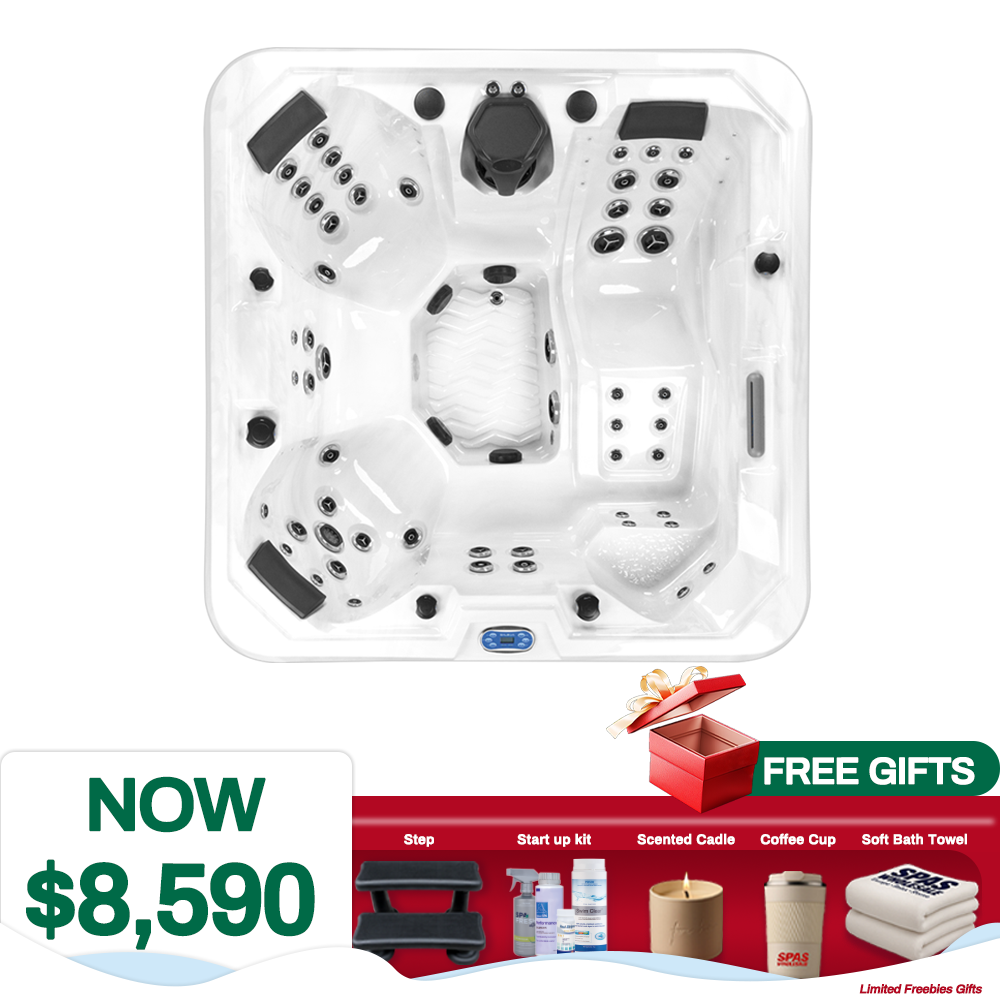

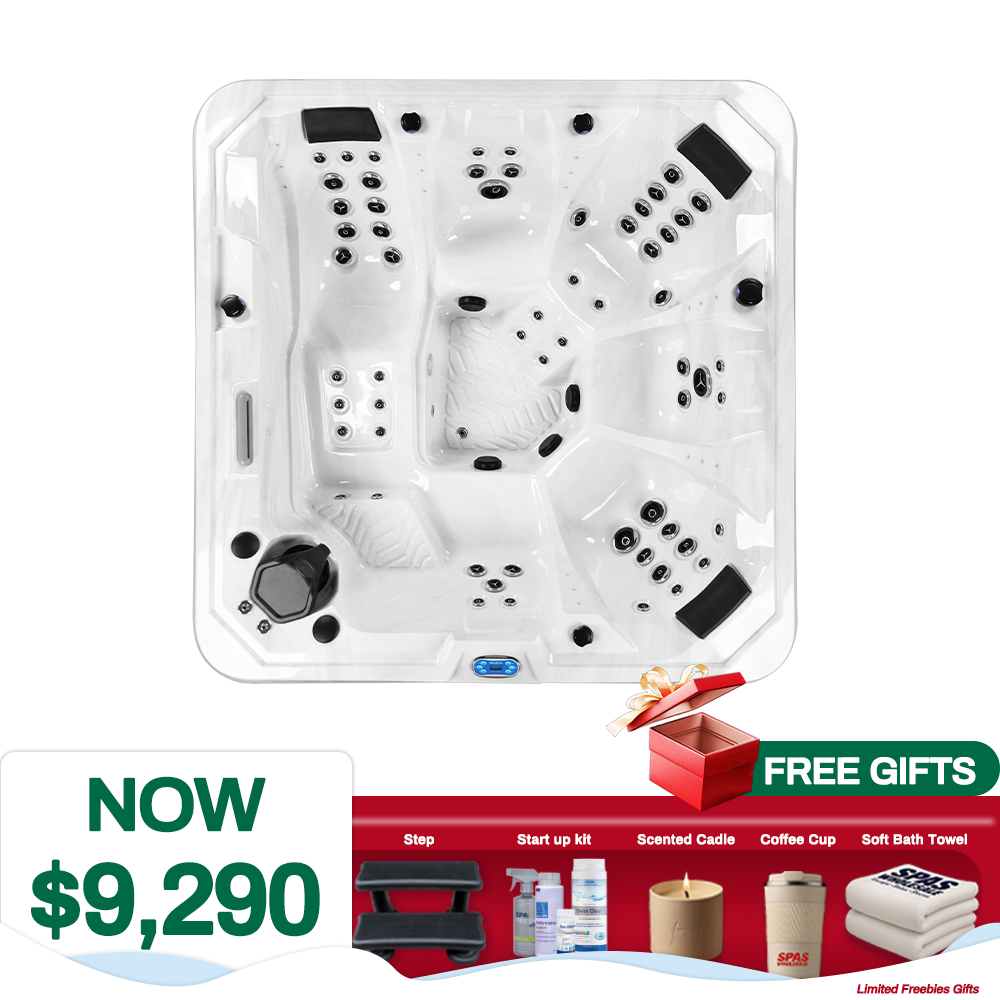
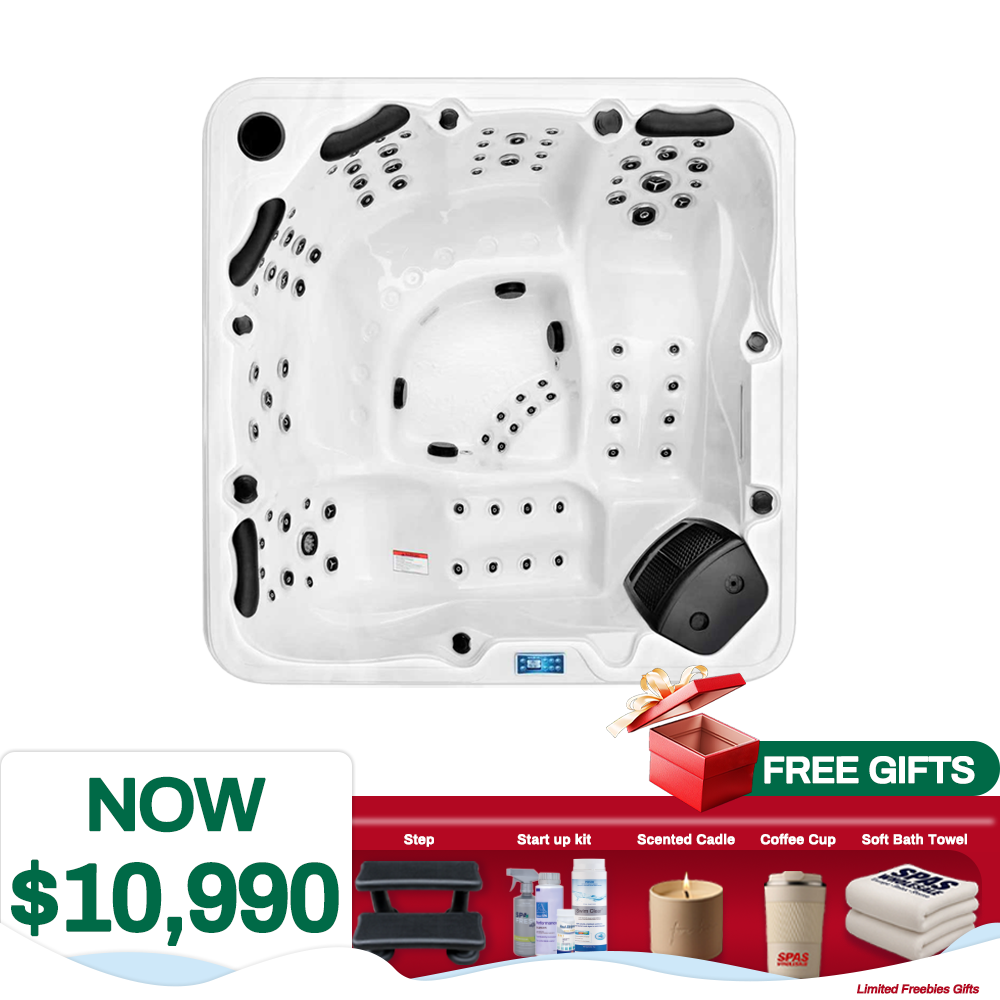

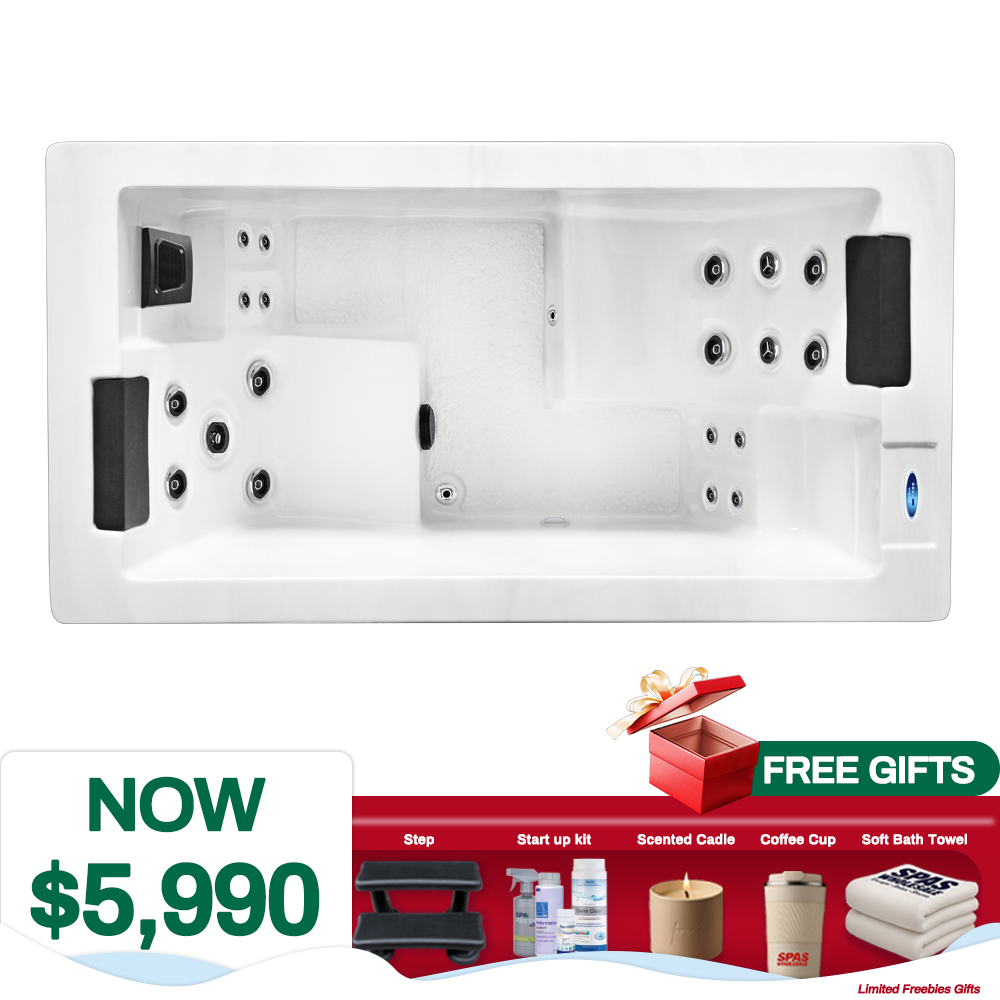

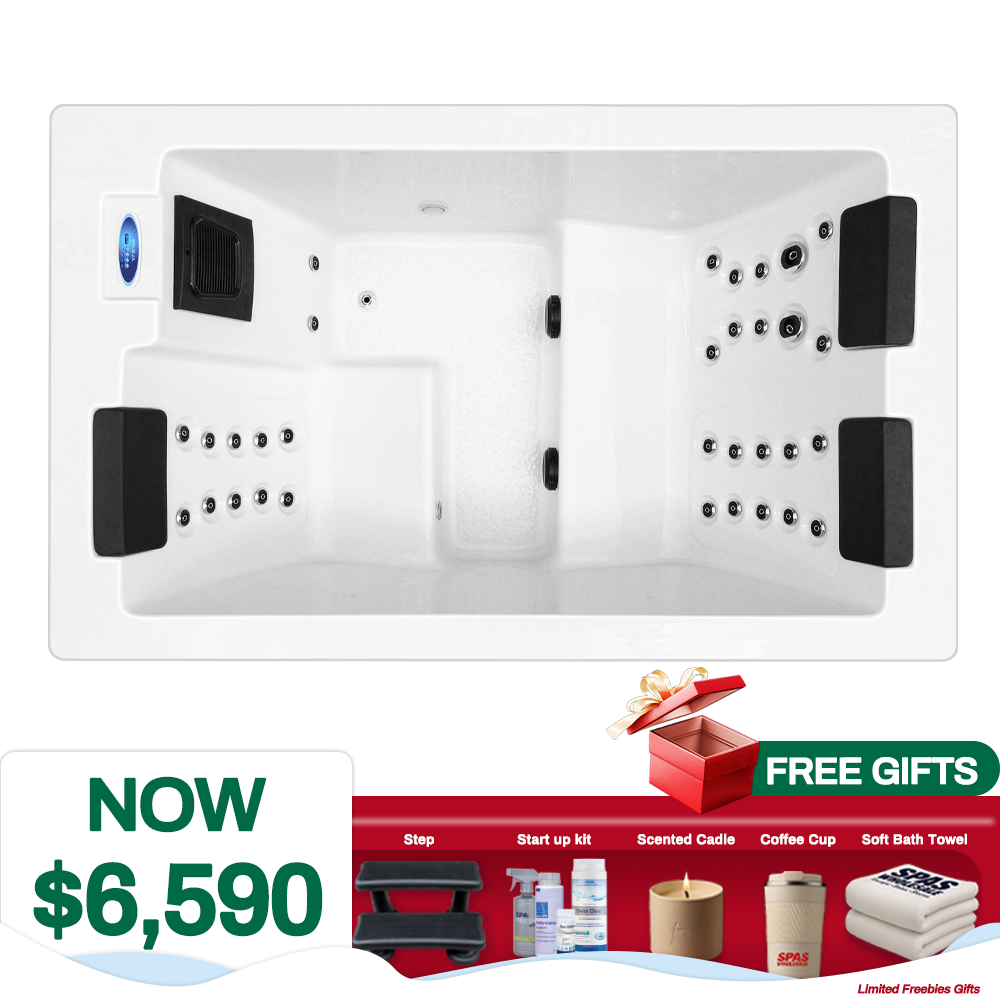


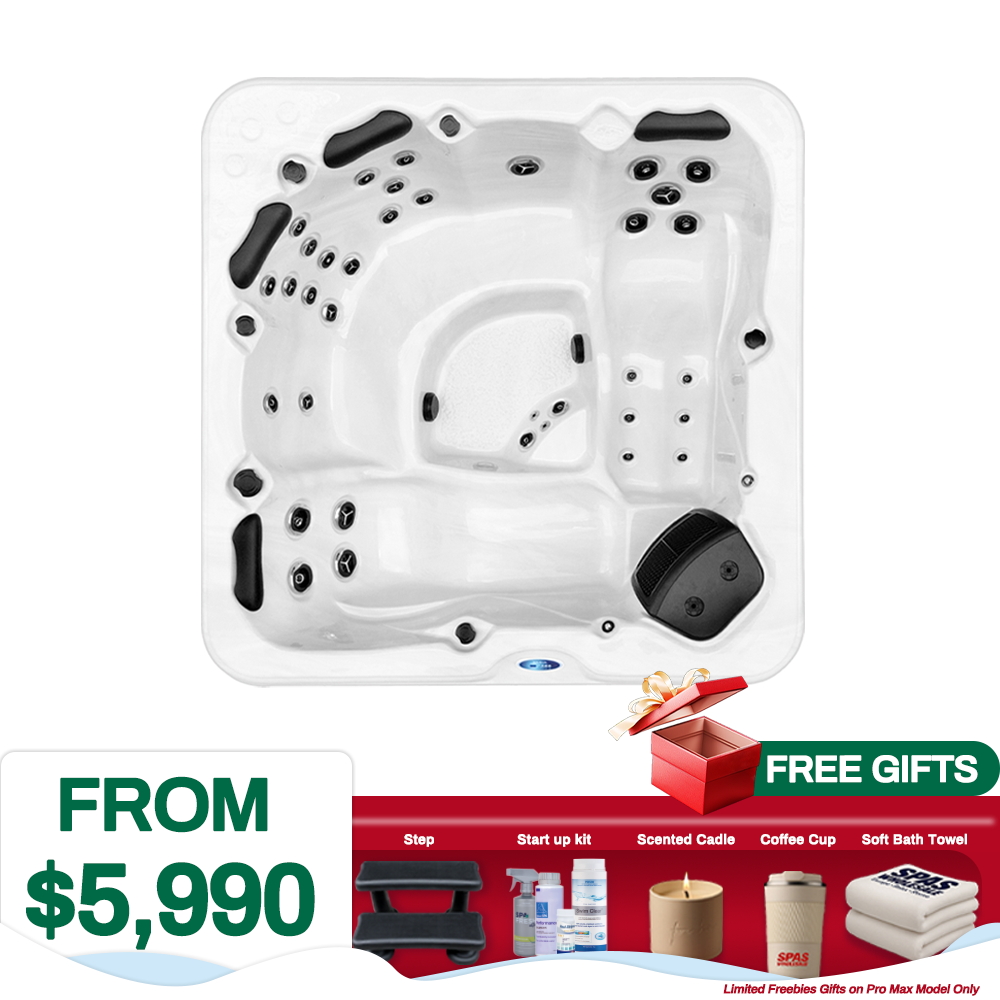
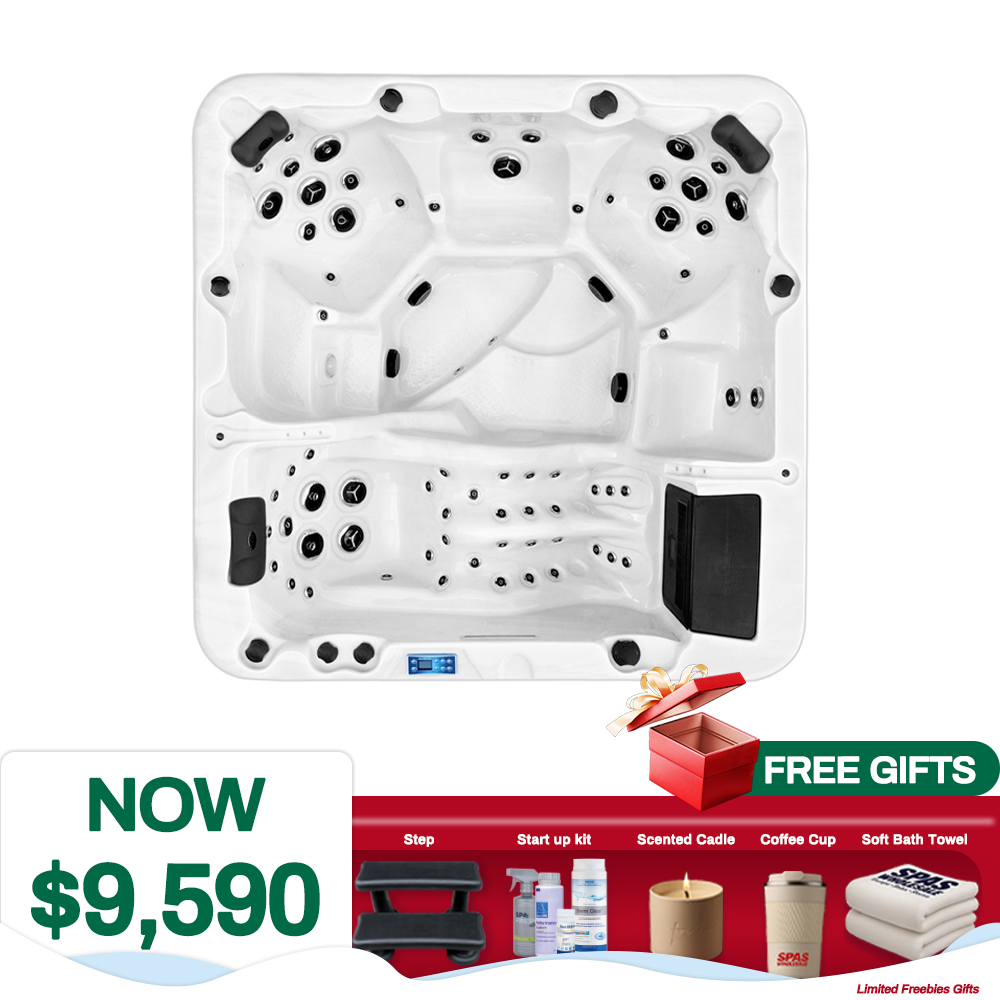
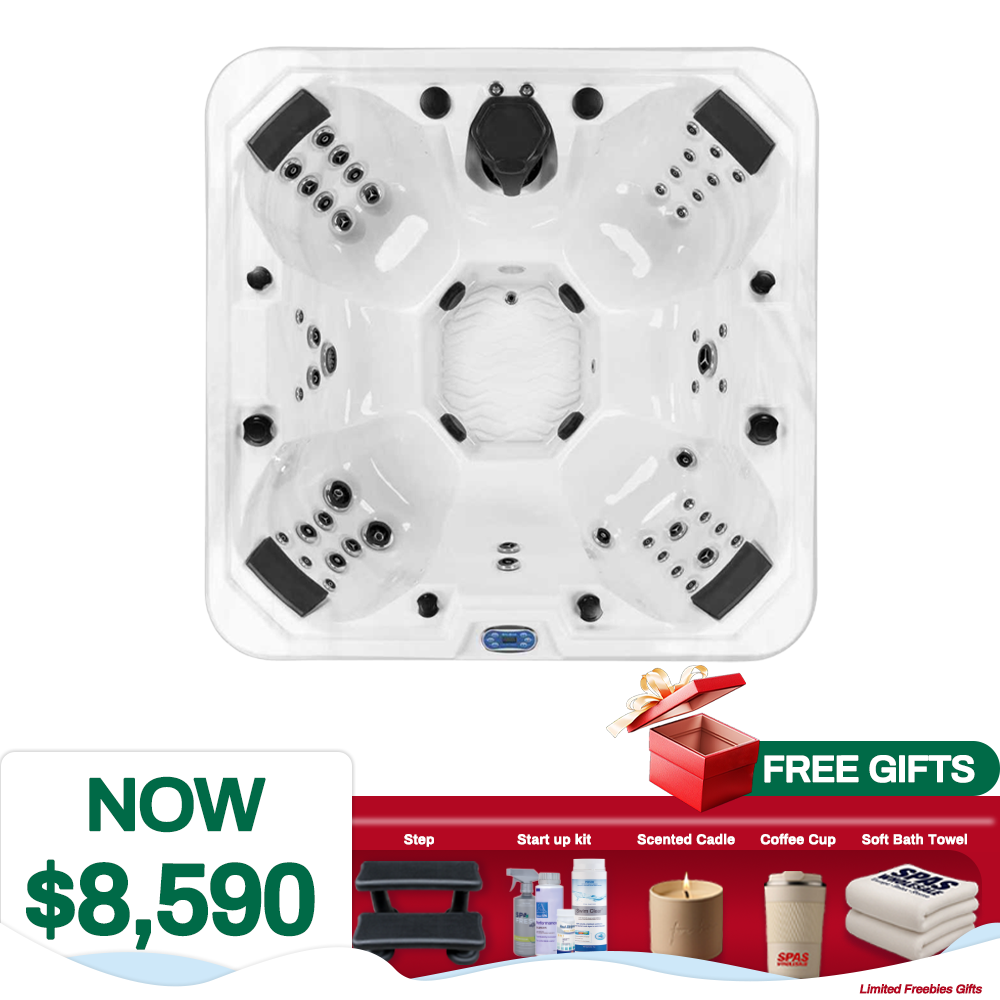
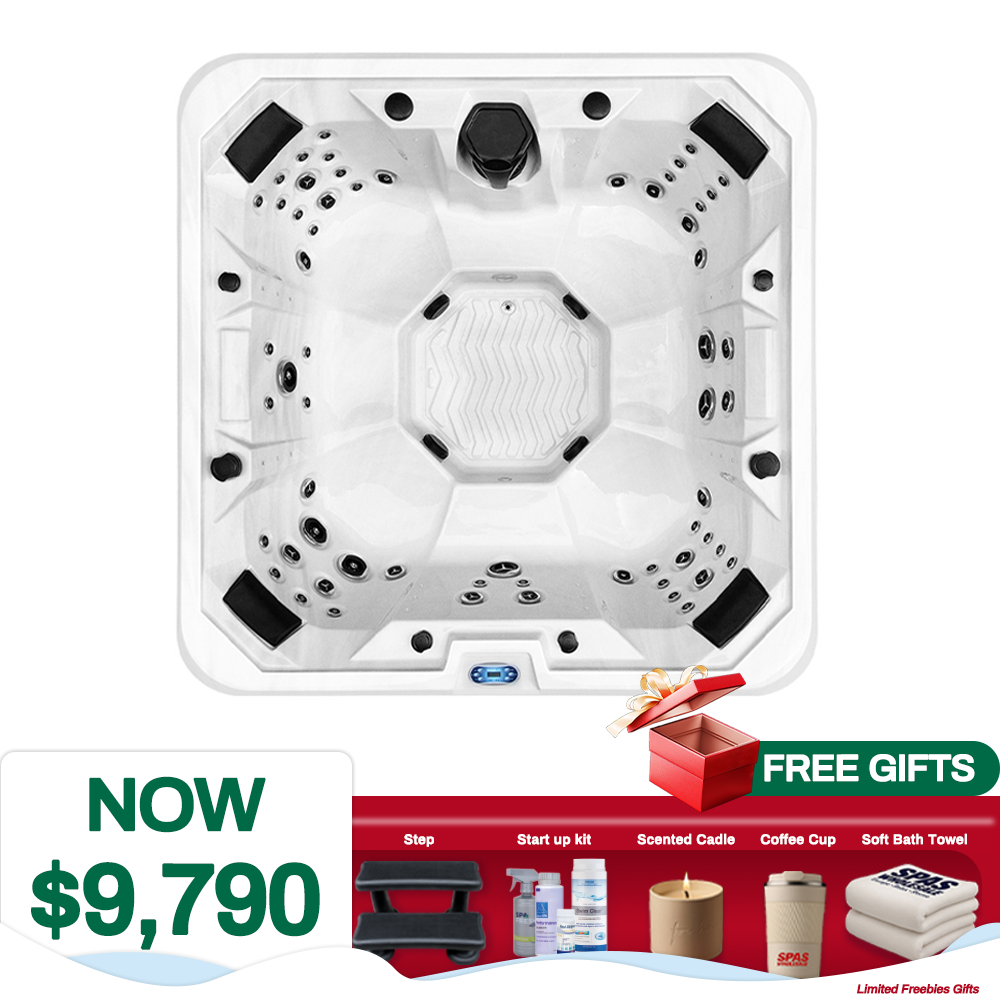
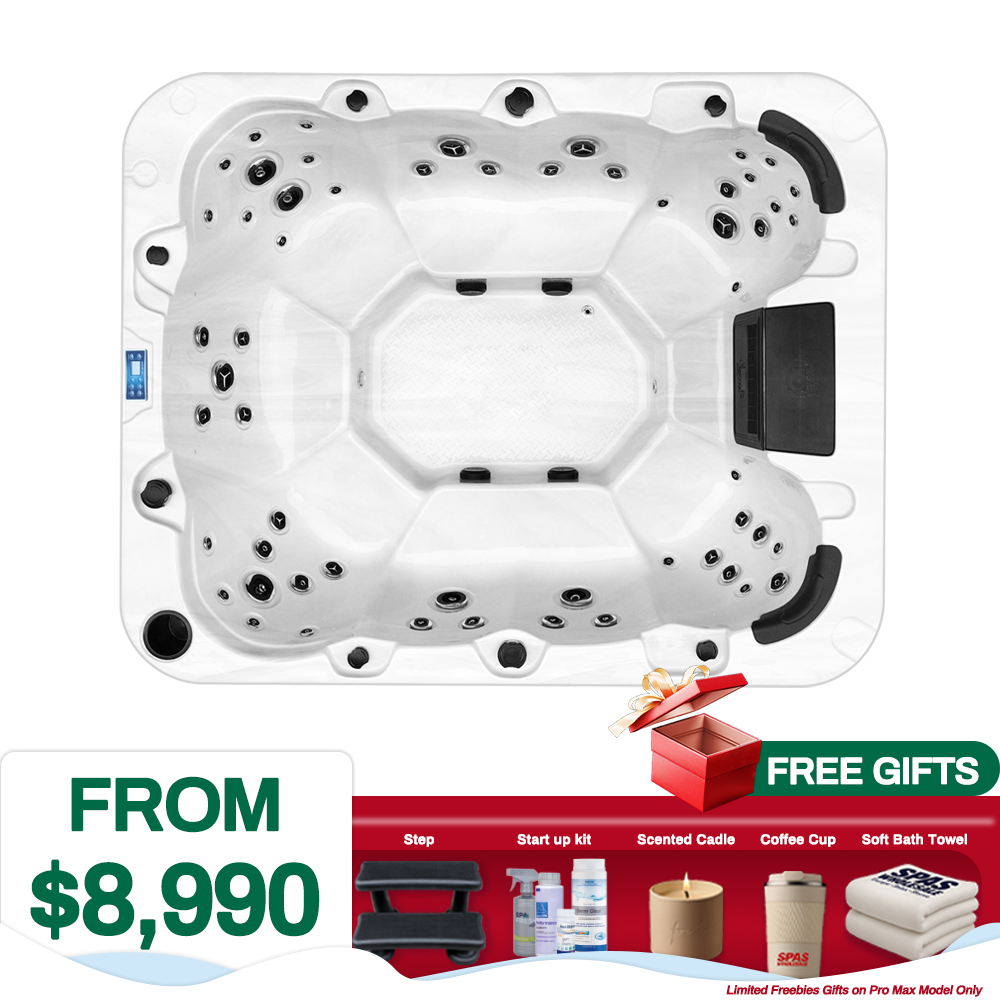
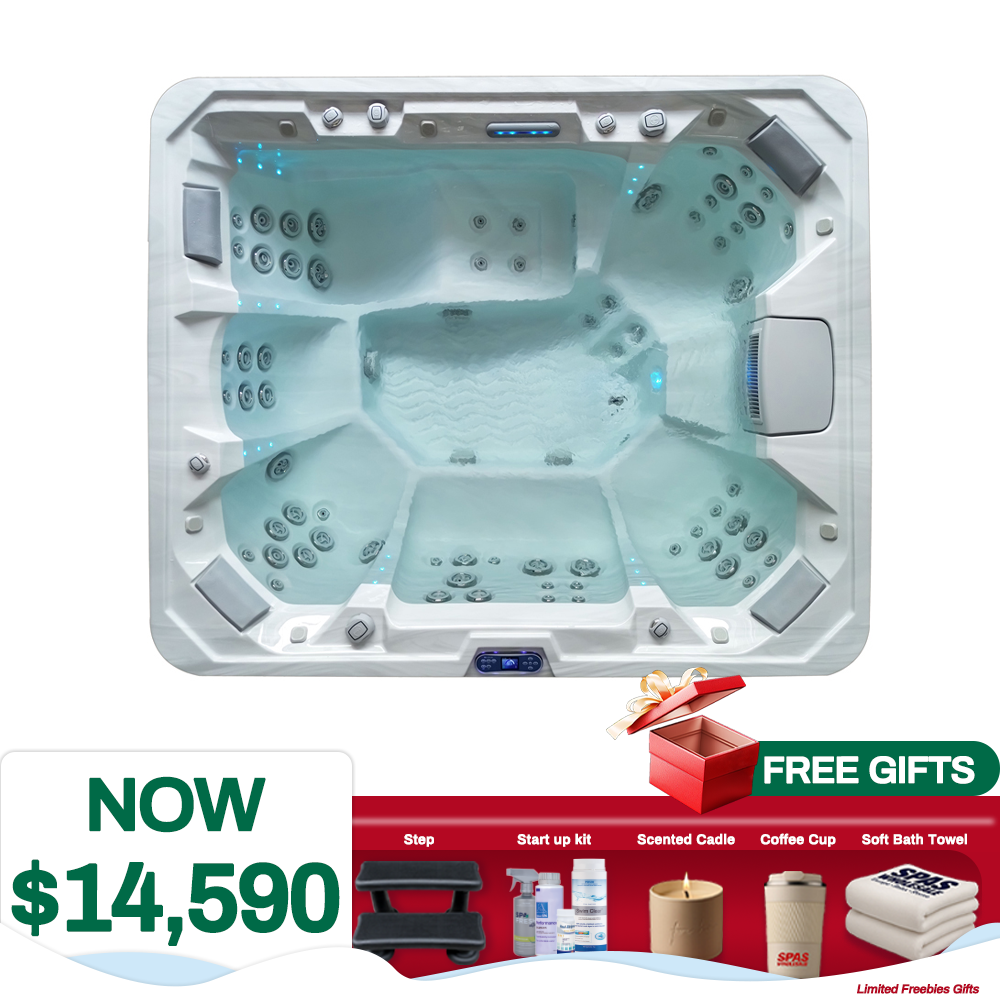
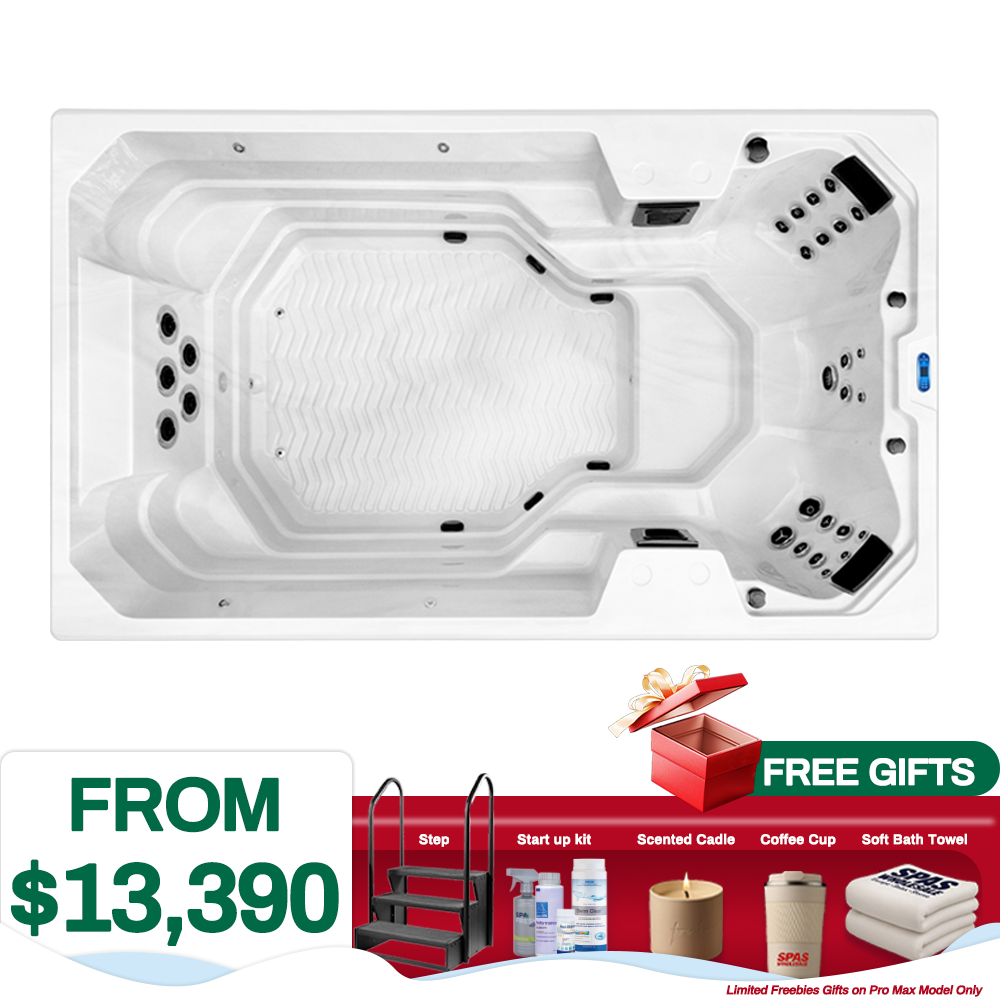
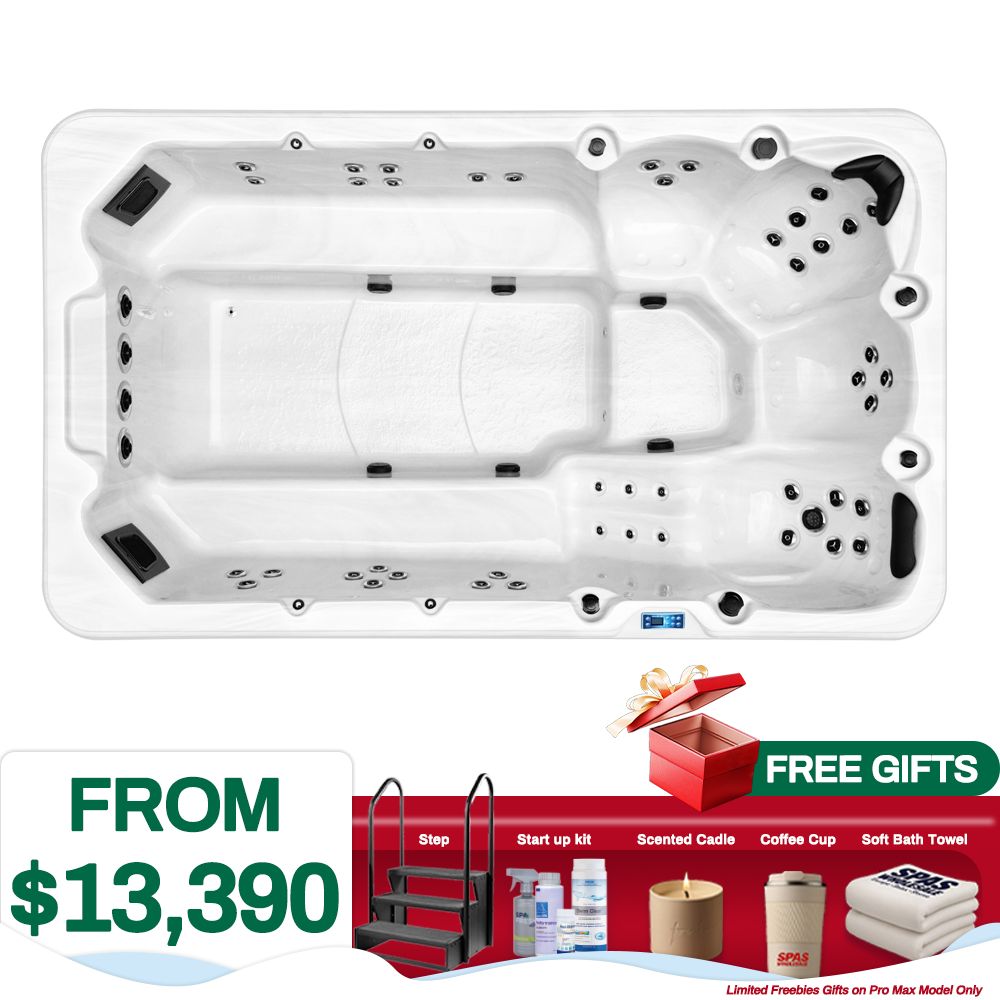
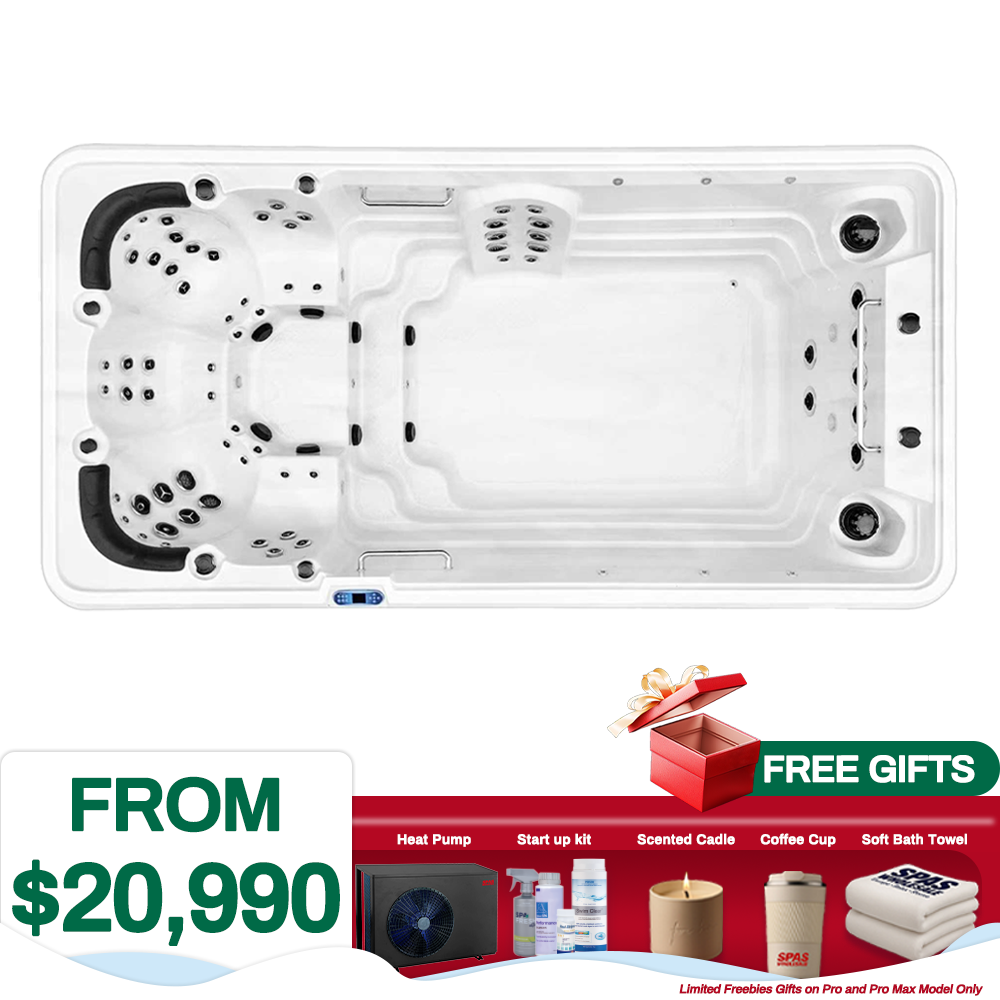

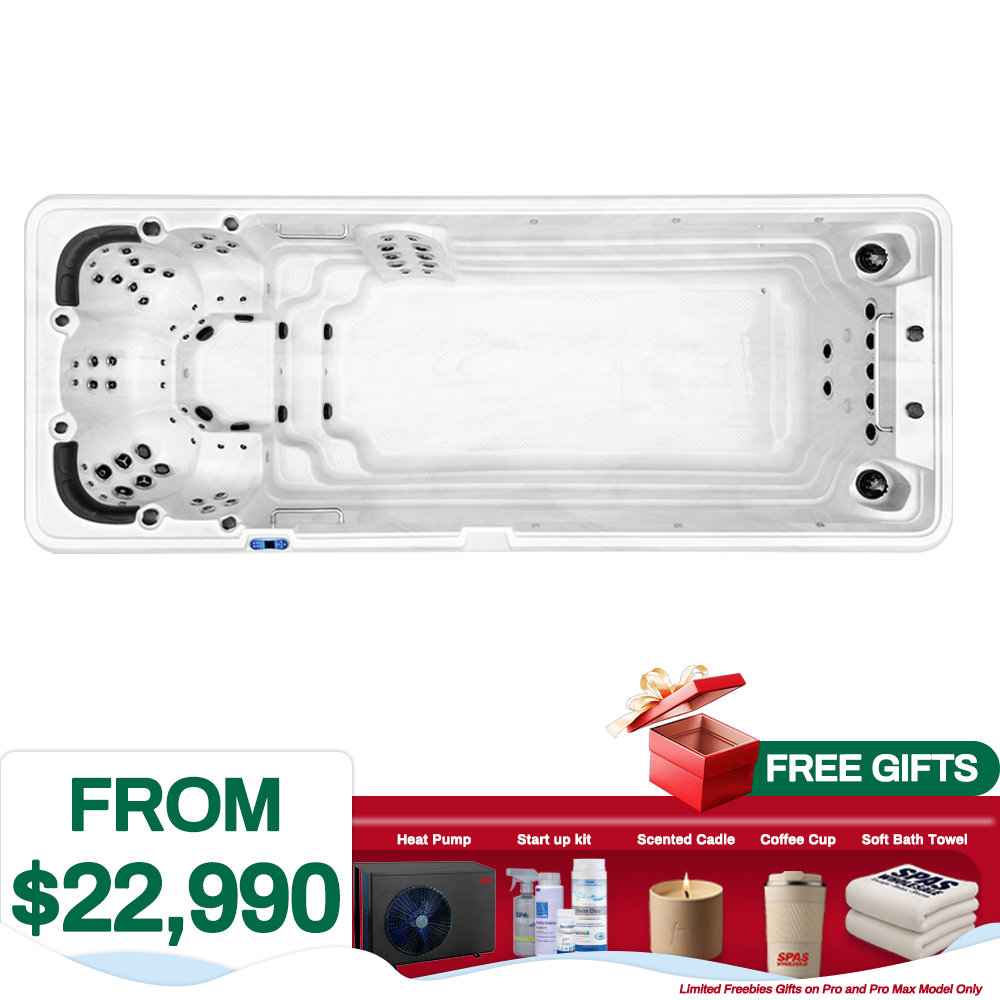
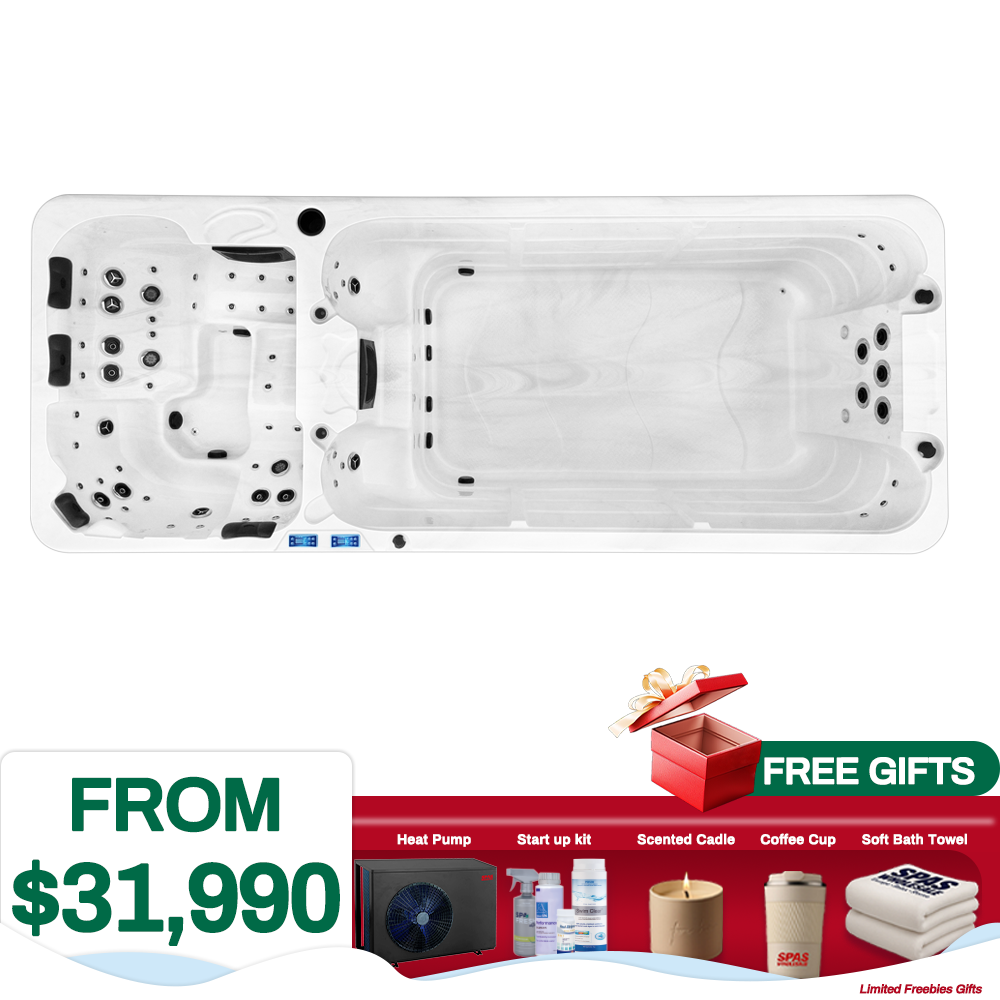
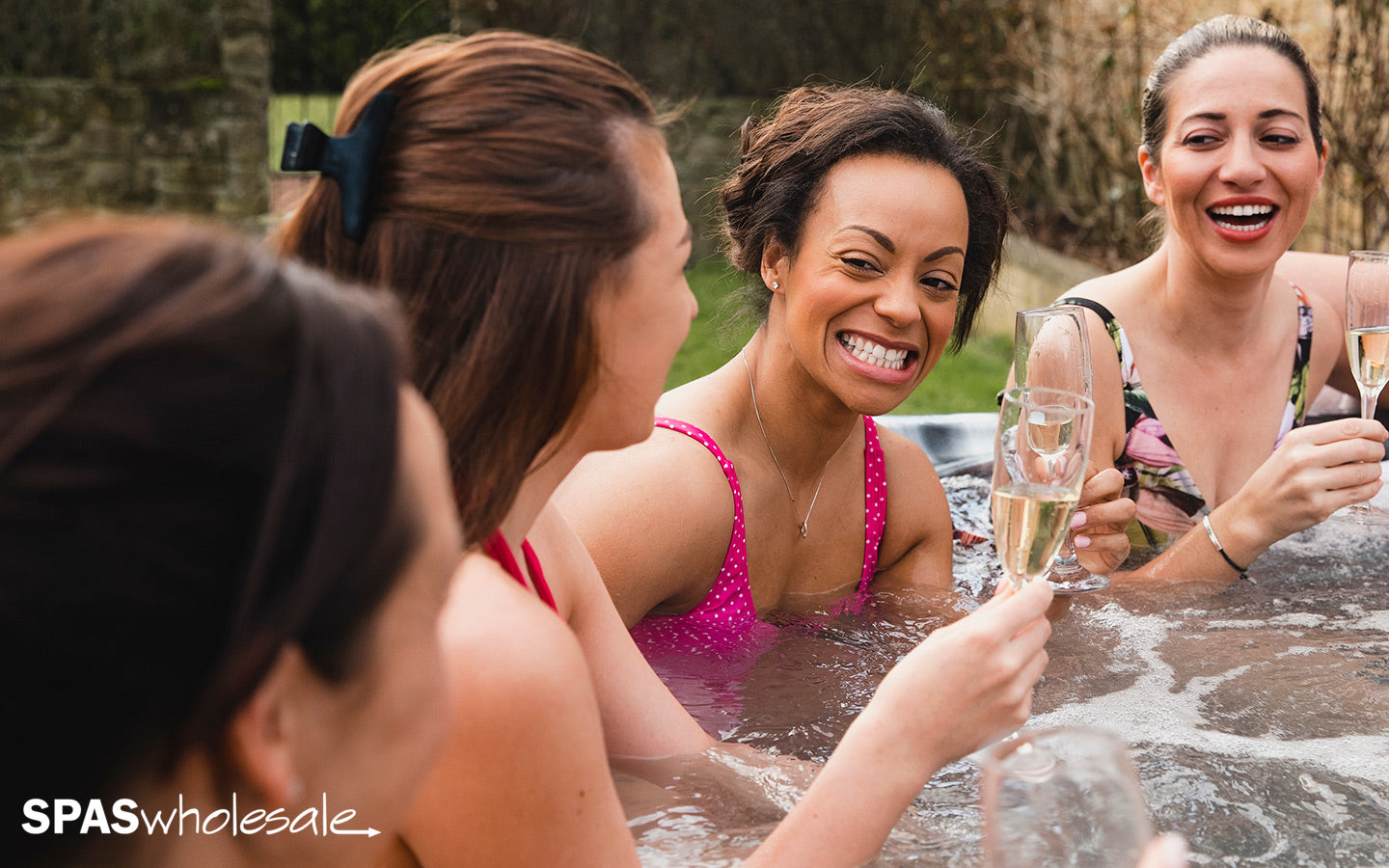

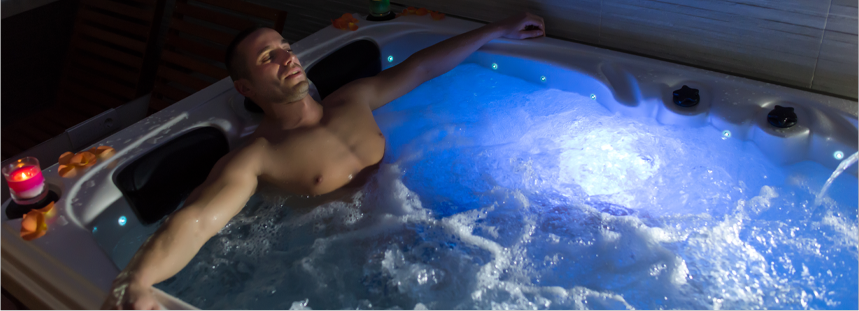
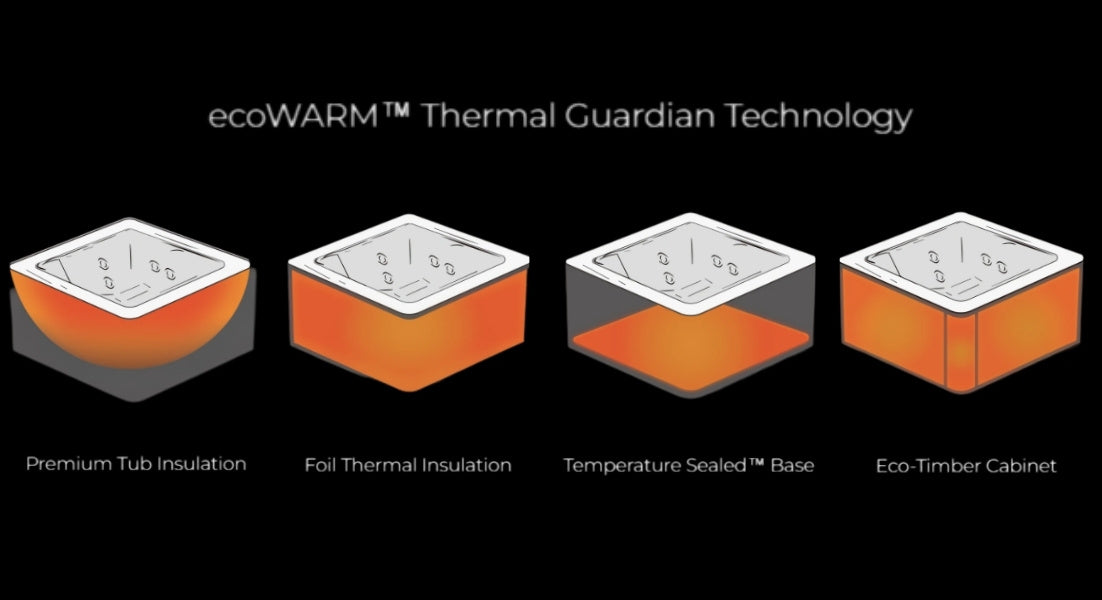
Share:
8 Most Frequently Asked Questions About Spa Ownership
Hot Tub Filter Cleaning